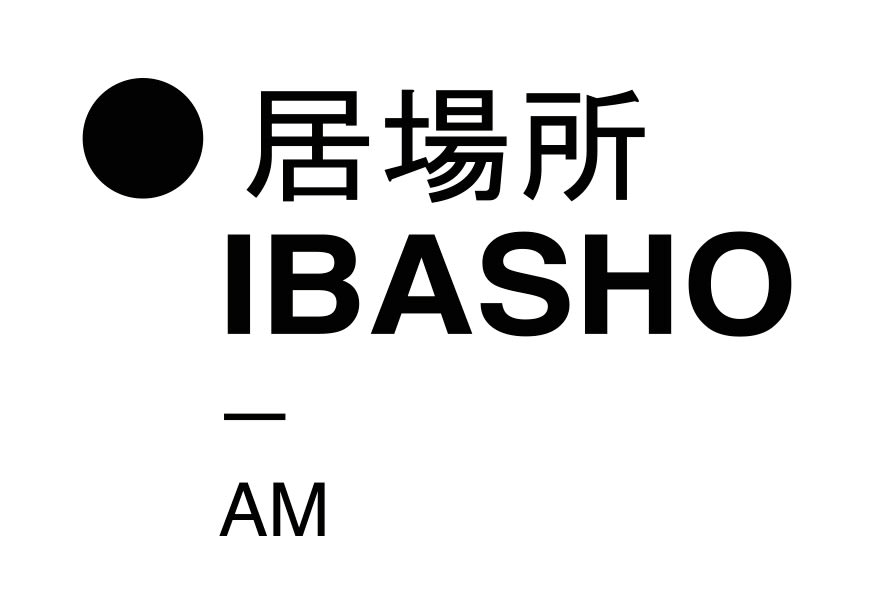Born as Hosoe Toshihiro in Yamagata Prefecture in 1933, Hosoe lives and works in Tokyo. As a freelance photographer, a member of the photography agency ‘Vivo’, the photographer of several heralded publications, and a lifelong teacher and inspirator, Hosoe occupies a place at the forefront of twentieth-century Japanese photography.
A 1954 graduate of the Tokyo College of Photography, Hosoe returned to this school (now the Tokyo Institute of Polytechnics) in 1975 as a professor of photography. In addition to this, he has also served as the director of the Kiyosato Museum of Photographic Arts in Yamanashi Prefecture as of its founding in 1995.
Hosoe was interested in the dialogue between eastern and western culture, a subject that always played a central role in his work. In 1956 he had his first exhibition in Tokyo, and three years later, he co-founded the ‘Vivo’ group together with Shomei Tomatsu, Kikuji Kawada, Ikko Narahara, Akira Tanno and Akira Sato seeking to promote concepts of modern photography and 'new subjectivity'.
Hosoe’s photography is often linked with his artist acquaintances. The series Bara-kei (Ordeal by Roses) was for example created in 1962 with the famous writer Yukio Mishima as a model, and the series Kamaitachi was created with the founder of the experimental Butoh dance, Tatsumi Hijikata as the model in 1969.
Kamaitachi derives from a journey that Hosoe made to the far north of Japan’s main island after returning home from a European trip in 1964. He travelled with Hijikata to the Tohoku region. Both had been born there. As a young boy in the north, Hosoe had heard of the Kamaitachi, a weasel-like demon who purportedly haunted the area’s rice fields and would slash any person he encountered. On their journey they came upon a great plain of rice fields that triggered Hosoe’s memory, and he conceived the idea of shooting Hijikata in a series of tableaux that recreated the Kamaitachi legend. The result was a spontaneous and therefore intensely personal dance drama, a kind of exorcism using the local landscape and people. The Kamaitachi functions as a wild free spirit in a land restricted by tradition. As such, the demon is at once beguiling and dangerous, representing such impulses as earthiness and sexuality.
Another well-known series Otoko to Onna (Man and Woman) from 1961 was the result of the first cooperation between Hosoe and Hijikata. The series ‘records’ an evolving performance by Hijikata’s ensemble, which gradually becomes more abstract as it progresses.
Hosoe’s series, Embrace (1969-70) can be seen as the successor of Otoko to Onna as it depicts abstract, almost transparent male and female nudes, intended to symbolise the possibility of a dialogue between man and woman.
The series Simmon: A Private Landscape (1971) follows the bizarre and suggestive transvestite character Simmon through a multitude of urban, natural and social settings in Japan, intimately recording his playful antics, introverted loneliness and stigmatization by those who encounter him. Simon Yotsuya is the stage name for an artist and Situation Theater actor who eventually came to prominence for his dolls, which have been exhibited around the world. In 1970, Simon Yotsuya -- his name comes from his love of Nina Simone and the Tokyo district he lived in at the time -- collaborated with Eikoh Hosoe on a series of portraits that placed a made-up and effeminate Yotsuya in a variety of Tokyo settings. The series, titled The Prelude of Yotsuya Simon, can be considered an urban follow-up of sorts to Hosoe's portraits of Butoh dance founder Hijikata Tatsumi in the Yamagata countryside that were published as Kamaitachi.
Hosoe has been honoured with many awards, including the “New photographer of the year” award from the Japanese Photo Critics association (1960), the British Royal Photographic Society’s 150th anniversary special medal, for his work as a photographer who has made a lifetime contribution to art, in 2003. He has also been awarded the title of Japanese Person of Cultural Merit in 2010, The Order of the Rising Sun, Gold and Silver Star in 2017 and many other awards. His work is exhibited frequently all over the world and is part of many public and private collections globally.

